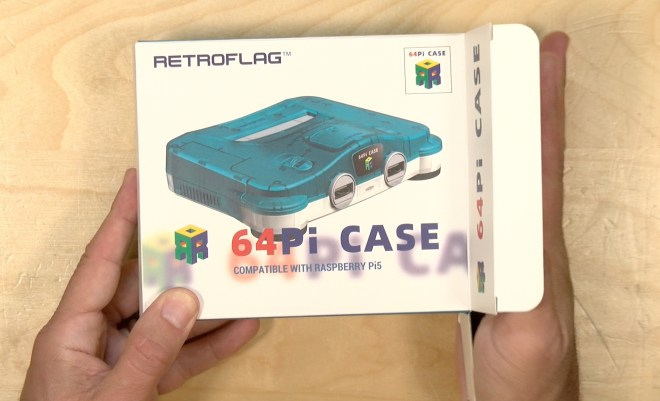The nation’s largest broadcasters are continuing to push an over the air encryption plan that will make it harder for people to record content or use gateway devices to watch TV around the house. What has been a free and open system is moving toward a locked-down approach unless the FCC steps in.
As it becomes clearer that encryption—and the market gatekeeping it enables—are holding back both tuning device availability and adoption, broadcasters are now demanding a government mandate to push it all through. But just a short time ago they were advocating for government to stay out of the process.
In my latest video, I take a look at how broadcasters are contradicting themselves in a recent FCC filing.
After Tyler the Antenna Man and I met with the FCC, the nation’s largest broadcasters quickly followed with their own meeting and filed an ex parte letter about it. In the letter, the broadcasters say:
“We emphasized that all parts of the broadcast ecosystem – from CE manufacturers to developers of converter boxes to retailers and smaller market broadcasters – are waiting for a signal from the FCC that there is a plan to bring the transition to ATSC 3.0 to an end.”
In a response, the Consumer Technology Association reminded the FCC in a meeting and a follow-up ex-parte filing that all parties to the transition, including the broadcasters, never wanted the government stepping in on the transition as it was supposed to be a voluntary, market-driven one. But the CTA stopped short of saying what is obvious—that DRM has been the real barrier to adoption.
But the CTA was joined by Public Knowledge in their meeting with the FCC, and that organization very strongly pointed out the pitfalls in allowing a select group of broadcasters to essentially regulate consumer electronic devices.
Check out my interview with Public Knowledge’s lead attorney here.
Looking back at their own public statements shows how much the broadcasters have shifted in their position. In 2019 Pearl TV, the organization comprised of the large broadcast owners, was promising great new technology and choice for consumers under this voluntary transition strategy. In 2021 they touted gateway devices like the HDHomeRun, even though they later denied that device certification. By mid 2023 they were boasting about adoption and asking a rhetorical question “where’s the problem?” in regards to tuner adoption. They urged the FCC to stay out of the market, but now they want a mandate to force adoption.
They even contradicted statements they made just a few weeks ago. In their letter they state:
“We discussed A3SA’s uniform set of policies that applies equally and objectively to all manufacturers of a particular device type. Finally, we explained that A3SA does not certify hardware components or chips within devices.”
Yet in July, these very same lawyers told the FCC that the HDHomeRun was being blocked because of its chips. They CC’d the industry press and just about every relevant department with it too.
Conversations I’ve had with broadcast executives suggest they don’t really understand the technology they’re trying to bolt onto broadcasting. Encryption designed for the web doesn’t translate cleanly to over-the-air TV. Yet they continue to dig in, convinced it’s necessary. Much of their industry today is built on retransmission fees rather than actual viewers, and DRM protects those business interests.
And this goes beyond just the encryption. Another feature, signal signing, gives this small group of large broadcasters the ability to take a channel off the air. Even stations that don’t want encryption still need to pay for a certificate from the major broadcasters just to appear on certified tuners. Engineers like Weigel’s Kyle Walker have raised these concerns, but the executives pushing this system seem more interested in invoking flawed analogies—like comparing broadcast encryption to SSL on websites—than in engaging with real technical risks. Here’s an example of that from a recent LinkedIn exchange from one of those executives:


The examples they cite don’t hold up. The 1987 Chicago “Max Headroom” hijacking and the more recent Russian satellite hijacks were both upstream feed compromises that encryption and signing would not have prevented. Yet they continue to argue that certificates protect against threats that have nothing to do with the broadcast signal itself.
For consumers, the result is fewer choices and fewer freedoms. Encryption blocks devices, limits how recordings can be made, and puts unnecessary restrictions on how people watch the signals they’re legally entitled to receive. The broadcasters are not tacitly acknowledging that this market has failed, but it’s their own system that created the failure.
If they really want adoption, there’s a simple solution: stop encrypting. Remove the DRM and devices will appear, consumers will buy them, and the market they keep talking about will actually materialize. Instead, they’re asking the FCC for a mandate to force this system into place. I think the better mandate would be the opposite—no encryption and no private regulation of public airwaves. That’s the kind of order I’d get behind.





























